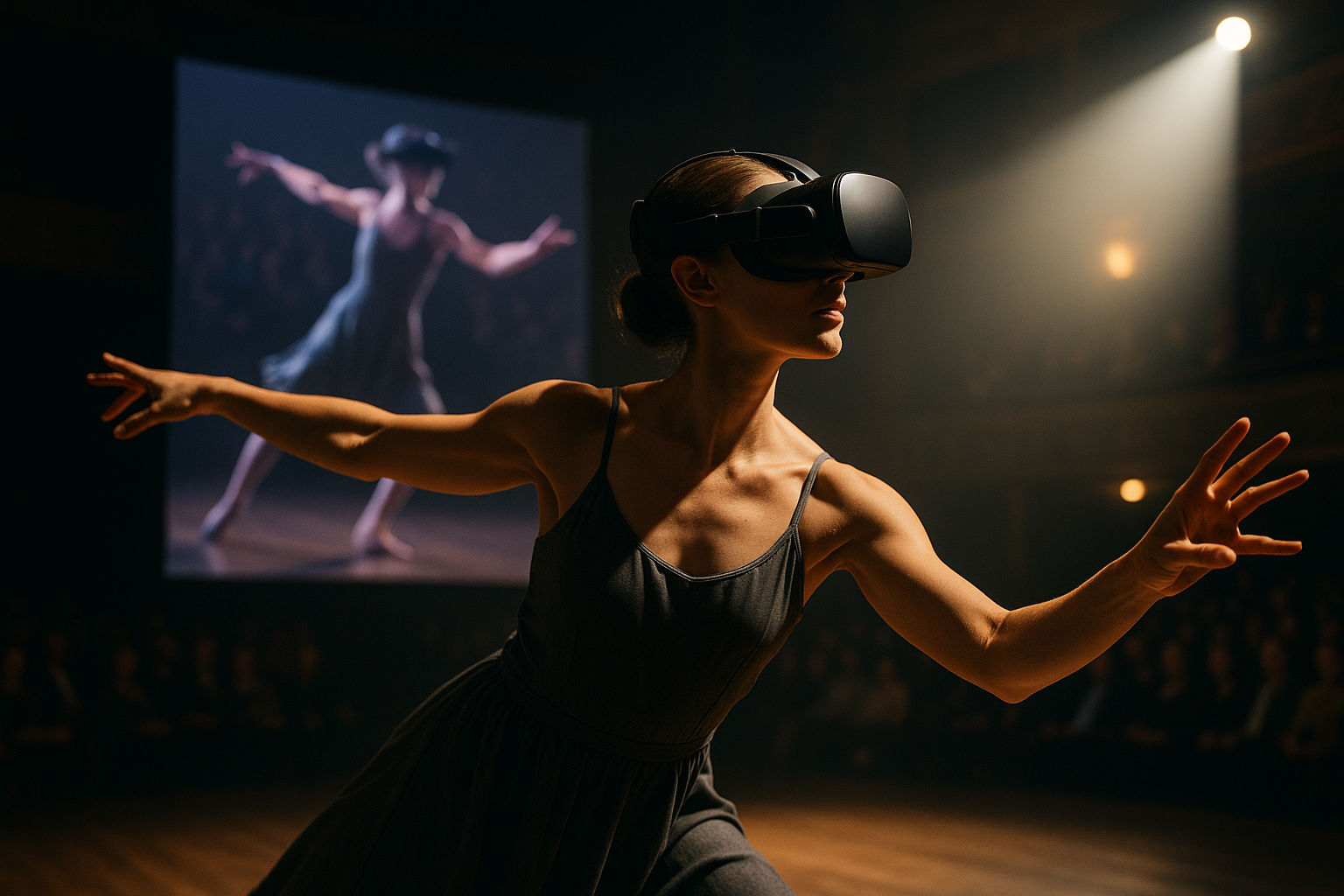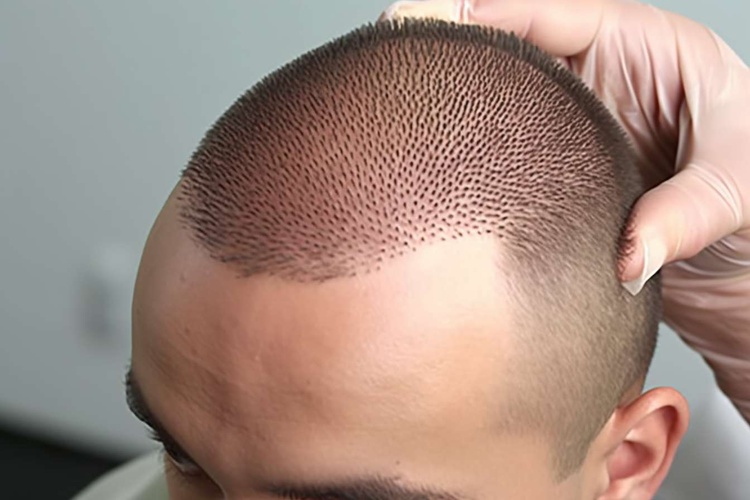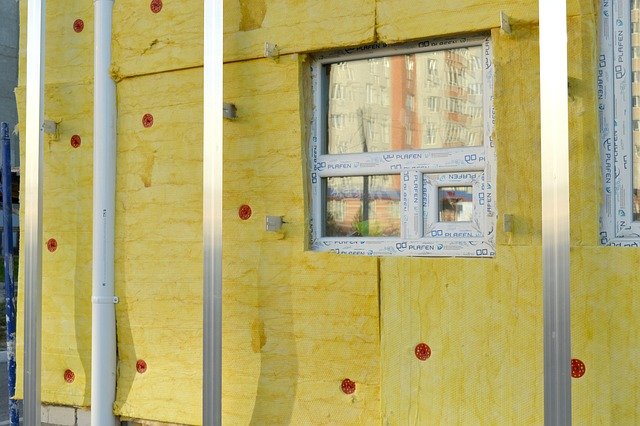"In the Spotlight: The Unfolding Phenomenon of Virtual Reality in Performing Arts"
As the curtain rises on a new era in performing arts, the industry is experiencing a technological revolution like never before. Virtual reality (VR) is stepping into the spotlight, transforming the way performances are created, experienced, and perceived. This article delves into the world of VR in performing arts, tracing its historical context, current developments, and its far-reaching implications.

The Nexus of Technology and Art: A Historical Overview
The synthesis of technology and art is not a new phenomenon. From the inception of cinema to the advent of digital art, technology has always been a catalyst for artistic evolution. The exploration of VR in arts traces its roots back to the 1960s, when Morton Heilig, a multimedia artist, envisioned an immersive, multi-sensory theater experience. His creation, the Sensorama, is often regarded as one of the earliest examples of VR.
Current Trends: A New Stage for VR
Fast-forward to the present day, the performing arts industry is witnessing an increasing integration of VR. From immersive theatrical productions to virtual dance performances, VR is redefining the boundaries of artistic expression. Major companies like The Royal Shakespeare Company and Marshmallow Laser Feast are pioneering this trend, creating VR performances that allow audiences to step into the world of the play, experiencing the narrative from within.
The Impact of VR in Performing Arts: A Paradigm Shift
The introduction of VR in performing arts is causing a seismic shift in the industry. It is not only enhancing the audience experience but also revolutionizing the creative process. Artists now have an expanded canvas, unrestricted by physical boundaries, which challenges traditional norms of performance.
Moreover, VR is democratizing the arts, making performances accessible to audiences worldwide irrespective of geographical constraints. The global pandemic, which forced theaters to close their doors, accelerated this transition, as many turned to VR to keep the arts alive.
Reception and Significance: A Mixed Palette
The reception of VR in performing arts has been a mixed palette. While some hail it as a game-changer, others express concerns about the loss of the human touch and emotional connection inherent in live performances. However, it’s undeniable that VR offers a new lens to view and experience the arts, opening up a world of possibilities for artists and audiences alike.
Future Outlook: The Final Act?
Despite the challenges, the future of VR in performing arts looks promising. As technology evolves, we can expect more immersive and interactive experiences. However, it’s important to remember that technology is a tool, not a replacement for the human element that lies at the heart of performing arts. As we step into this new era, the industry needs to strike a balance between embracing innovation and preserving the essence of live performance.
In conclusion, VR is changing the face of performing arts, heralding a new era of creativity and audience engagement. As we navigate this digital transformation, it’s exciting to imagine what the future holds. Will VR redefine performing arts, or will it simply add another layer to its rich tapestry? Only time will tell.




